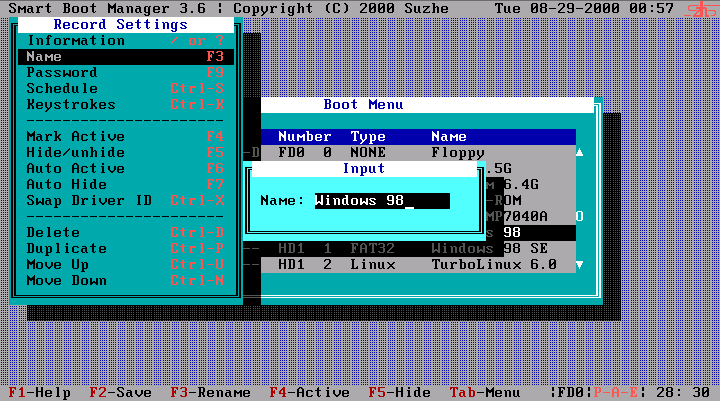

If you prefer to use your own downloaded ISO files, then choose No.Īt the left sidebar, there are 4 categories of ISO imagesįor example, you can click the penguin icon and right-click on an OS name and select search ISO. Registered users can download updated ISOs from SARDU database. Then it will tell you to register an account. Go to the extracted directory and double click the sardu_3 binary. Once downloaded, open your file manager and go to the downloads directory. To use SARDU, go to the official download page and download the Linux version or Windows version, depending on your OS. The Windows version works perfectly fine.

Supports persistent files for Linux distributions.You can add additional ISO images to your USB without destroying previous ISO images in the USB flash drive.A multitude of ISO images for you to select and download directly from the SARDU application.Can create a bootable USB containing both Linux and Windows ISO images (Windows 7, 8 and 10).SARDU is a freemium software that can be used to create multiboot USB and DVD.

If you have created a bootable USB with another tool, it’s recommended that you reformat the USB flash drive with FAT32 or NTFS file system before you use the tools mentioned in this article. YUMI (Your Universal MultBoot Installer).All of them can write multiple Linux distribution ISOs to USB flash drive and most of them can even write both Windows and Linux ISOs into the same USB flash drive. This article will be showing you 5 applications you can use to create a multiboot USB.


 0 kommentar(er)
0 kommentar(er)
